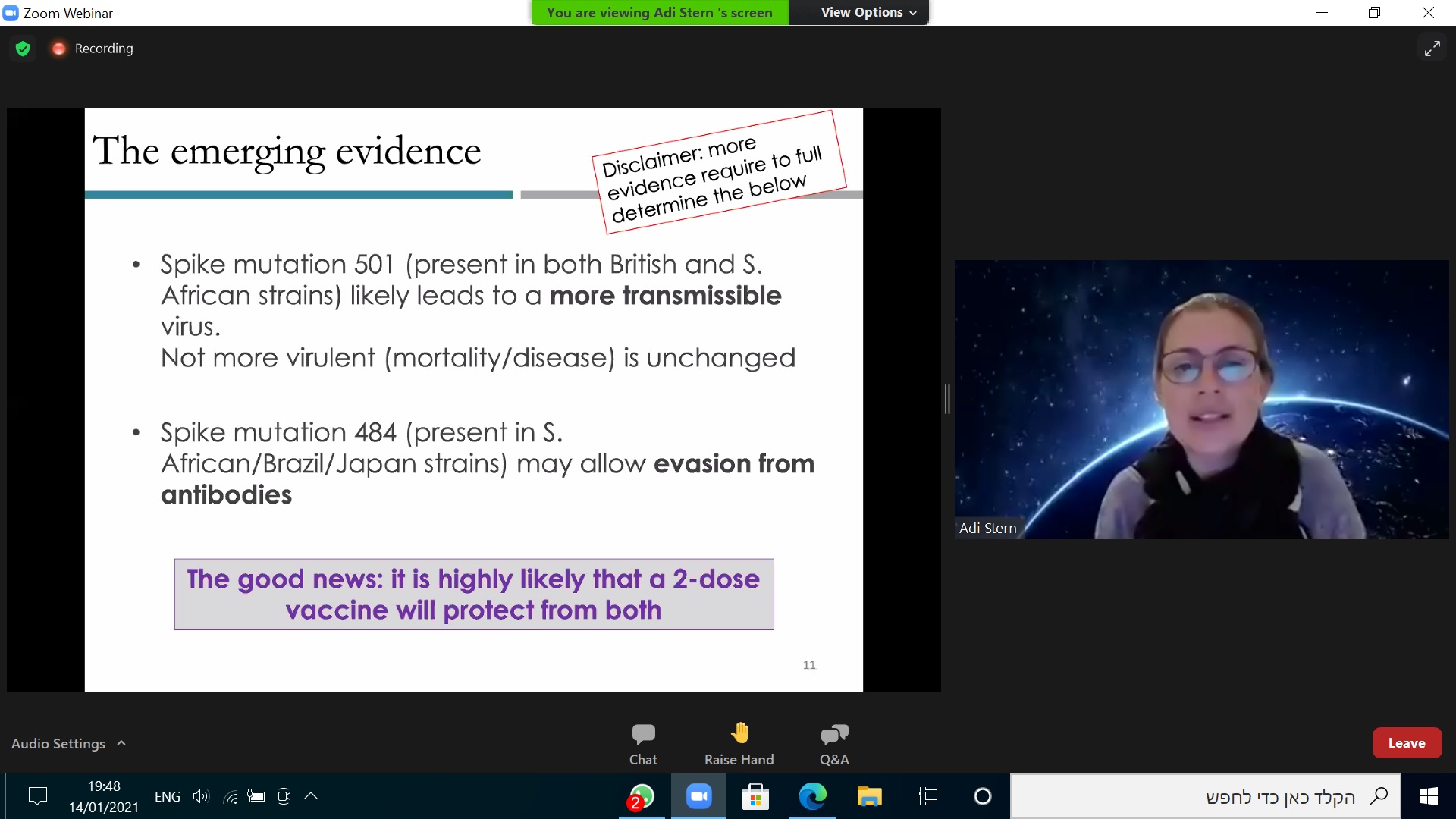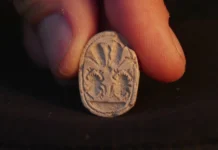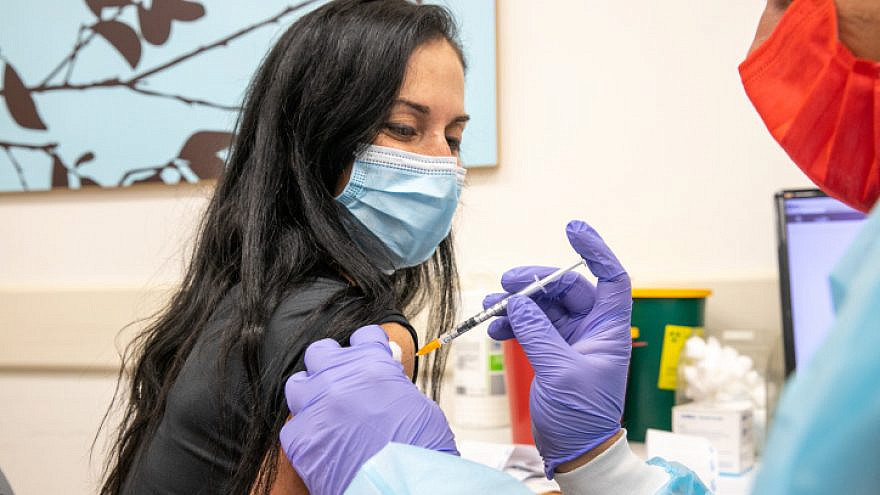In the coming years, pharmaceutical corporations will likely need to launch updated versions of their coronavirus vaccines every year or two years, though this task should not present any special challenges for them, leading Israeli virus experts from Tel Aviv University have said. In addition, a two-dose vaccine is “highly likely” to offer good protection against the current variants in circulation in the world, they assessed.
As Dr. Adi Stern of the School of Molecular Cell Biology and Biotechnology at Tel Aviv University’s George S. Wise Faculty of Life Sciences—speaking during a webinar organized last week by the American Friends of Tel Aviv University titled ‘Coronavirus Vaccines vs. Mutations: Who Will Win the Race?’—said, “Unfortunately, my guess is that we might be in a situation we will need new updated vaccines every year or two.”
Basing her assessment partly on “what we know from the flu,” which also receives annual vaccination updates, Stern said that the coronavirus, for its part, also has potential to evolve rapidly and to change.
“But the good news is that it is very easy to create this [updated] vaccine,” she stressed. In comparison with existing flu viruses, the new coronavirus vaccines are far more effective, she added.

Dr. Ella Sklan of the university’s Department of Clinical Microbiology and Immunology Department explained that the basic idea behind vaccines is “to expose immune system to foreign antigens [substances recognized as threats] so when they encounter pathogens [an infectious agent], they will elicit a stronger response.”
Since the spike protein is the most abundant protein on the surface of the virus, she said, and is also the part of the virus that binds to receptors on human cells, immune systems tend to see and develop antibodies against the spike proteins. This is why most vaccines use spike proteins as the antigen.
Sklan said that as of last week, there were 43 vaccine candidates in the first phase of clinical trials, 21 in the second phase and 20 vaccines in phase 3. Phase 3 trials involve tens of thousands of people.
She stressed that trials test the efficiency in preventing disease and an ability to prevent infection, noting that these “are not the same thing.” Follow-up testing is now underway to check the ability of the Pfizer and Moderna vaccines to prevent infection, even if such infections are without symptoms in immunized individuals.
New preliminary data from health-care providers in Israel indicate that the Pfizer vaccine reduces infection by a significant degree, and the figures could increase further over time. “We know the vaccine prevents disease, and the preliminary evidence on reducing infection is encouraging,” said Sklan.
There are eight vaccines in early limited use at this time, and two—Pfizer and Moderna—that have been approved for full use.
About those mutations …
In explaining how such dramatic progress on vaccine development was achieved in a mere 10 months, Sklan stressed that all of the regulatory stages were performed, and that there were no shortcuts, but that some stages of the process were performed in parallel.
“In the follow-up to phase 1, phase 2 already started. The same is true in the follow-up to stage 2; phase 3 already started because of the urgency,” she explained. “Companies began production of vaccines at risk—had their vaccine not been approved, they would have lost a lot of money. You can rest assured that it’s safe.”
The RNA molecules in the vaccines are highly unstable, which is why they must be kept at minus 70 degrees in the Pfizer vaccine and minus 20 degrees for Moderna. The molecules break down quickly—within eight hours—in the body after injection.
Stern noted that the SARS-Cov-2 virus is 50 percent identical to the coronavirus that causes the common cold.
“What are mutations? It’s when a mistake happens when a genome is copied,” explained Stern. “That mistake is called a mutation. This occurs all the time in all viruses. It happens in every second transmission.”
Most mutations are meaningless and merely a natural part of the virus’s life cycle, she said. Nevertheless, highly rare mutations can give the virus an adaptive edge, making it better at “making more viruses.” On its own, a mutation is not likely to make the virus more virulent, but it can become more transmissible—meaning it becomes “more likely to survive in our body,” she said.
Increase transmissibility is bad news, and so societies must add layers to social distancing. But while some of the spike mutations may allow a degree of evasion from antibodies, said Stern, “it’s highly likely that a two-dose vaccine will protect from both” the British and South African vaccines.


























